Home>Gardening & Outdoor>Landscaping Ideas>What Is The Best Artificial Grass
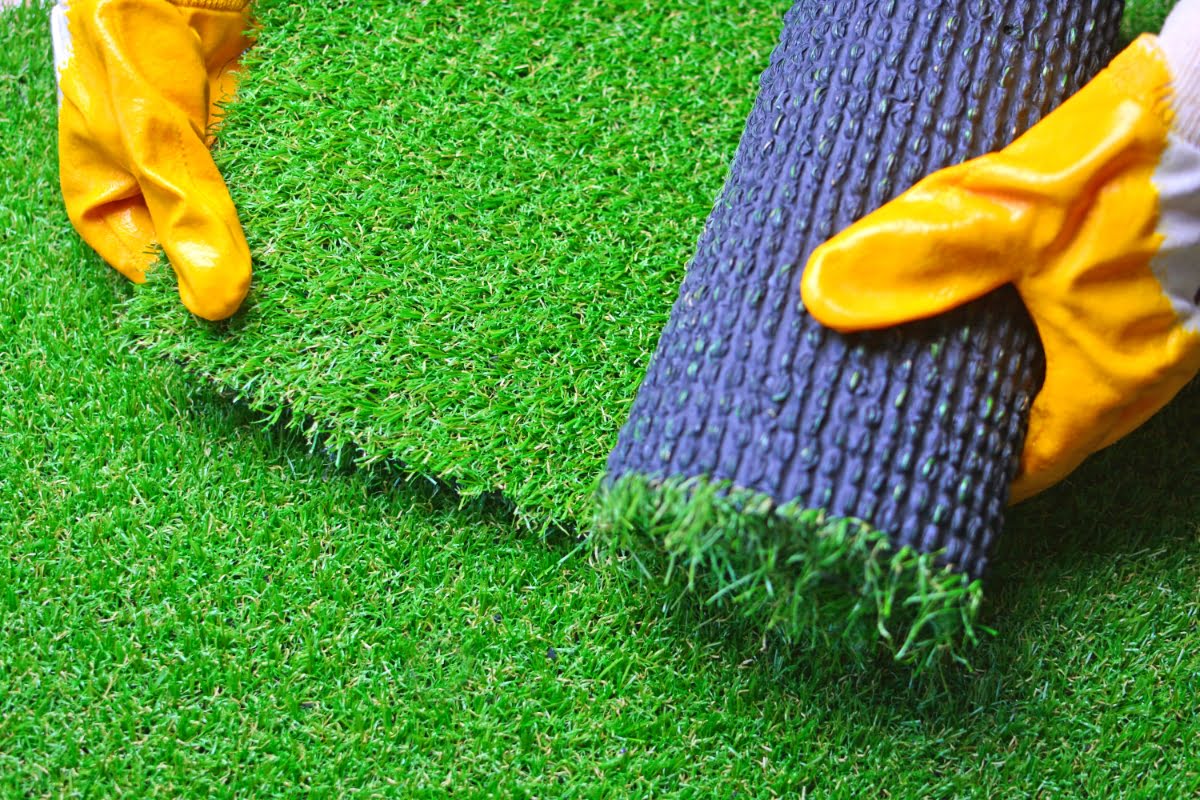

Landscaping Ideas
What Is The Best Artificial Grass
Modified: March 29, 2024
Discover the top artificial grass options for your landscaping ideas. Find the best artificial grass for your outdoor space and create a low-maintenance, beautiful landscape.
(Many of the links in this article redirect to a specific reviewed product. Your purchase of these products through affiliate links helps to generate commission for Storables.com, at no extra cost. Learn more)
Introduction
Welcome to the world of artificial grass, where lush green lawns are no longer limited to the realms of natural turf. As homeowners, businesses, and communities seek sustainable and low-maintenance landscaping solutions, artificial grass has emerged as a compelling alternative to traditional lawns. This comprehensive guide aims to shed light on the various aspects of artificial grass, helping you make an informed decision about whether it’s the right choice for your outdoor space.
From factors to consider when choosing artificial grass to its types, maintenance, durability, cost, and environmental impact, we will delve into the depths of this synthetic turf revolution. Whether you’re envisioning a vibrant backyard, a pet-friendly play area, or an evergreen commercial landscape, understanding the nuances of artificial grass is crucial to achieving the desired aesthetic and functionality.
So, let’s embark on a journey through the world of artificial grass, exploring its benefits, considerations, and the best practices for a sustainable and visually appealing outdoor environment.
Key Takeaways:
- Artificial grass offers low-maintenance beauty and sustainability, making it a versatile choice for outdoor spaces. Consider factors like intended use, quality, and environmental impact to make an informed decision.
- Understanding the diverse types, maintenance needs, cost implications, and environmental benefits of artificial grass helps create vibrant, sustainable, and visually appealing outdoor landscapes.
Read more: What Is The Best Grass Patch
Factors to Consider When Choosing Artificial Grass
When considering artificial grass for your outdoor space, several key factors warrant careful consideration to ensure that the chosen turf aligns with your specific needs and preferences.
- Intended Use: Before selecting artificial grass, it’s essential to determine its primary purpose. Whether it’s for a residential lawn, a commercial property, a pet area, or a sports field, the intended use will influence the type and features of the artificial turf.
- Quality and Realism: Assess the quality and realism of the artificial grass samples. Look for options that closely resemble the appearance and texture of natural grass while offering superior durability and resilience.
- Yarn Type: The type of yarn used in the artificial grass affects its performance and aesthetics. Consider factors such as softness, blade shape, and color variations to ensure the chosen turf meets your expectations.
- Weight and Density: The weight and density of the artificial grass impact its durability and visual appeal. Opt for turf with appropriate weight and density based on the intended foot traffic and usage intensity.
- Backing Material: Evaluate the backing material of the artificial grass, as it contributes to stability, drainage, and overall resilience. High-quality backing enhances the longevity and performance of the turf.
- UV Stability: Look for artificial grass with UV-stabilized fibers to ensure long-term color retention and resistance to sun damage, especially in outdoor settings exposed to direct sunlight.
- Installation Requirements: Consider the installation process and any specific requirements associated with the chosen artificial grass, such as sub-base preparation, infill materials, and professional installation services.
- Maintenance Considerations: Assess the maintenance needs of different artificial grass options, including cleaning, grooming, and potential upkeep costs, to determine the most suitable choice for your lifestyle and preferences.
By carefully evaluating these factors, you can make an informed decision when choosing artificial grass that seamlessly integrates with your outdoor environment while meeting your specific functional and aesthetic objectives.
Types of Artificial Grass
Artificial grass comes in a diverse range of types, each tailored to specific applications and preferences. Understanding the various options can help you select the most suitable turf for your outdoor space.
Here are some common types of artificial grass:
- Nylon Artificial Grass: Known for its exceptional strength and resilience, nylon artificial grass is a popular choice for high-traffic areas and sports fields. It offers superb durability and maintains its shape even under heavy use, making it ideal for active outdoor spaces.
- Polyethylene Artificial Grass: This type of artificial grass is prized for its soft texture and natural appearance. It is well-suited for residential lawns, landscaping, and recreational areas, providing a lush and realistic surface that mimics the look and feel of natural grass.
- Polypropylene Artificial Grass: Polypropylene turf is often used for decorative and low-traffic applications. While it may not offer the same level of resilience as nylon or polyethylene, it can be an economical choice for ornamental purposes and temporary installations.
- Pile Height Variations: Artificial grass is available in various pile heights, ranging from short to long fibers. The pile height influences the visual aesthetics and functionality of the turf, with shorter piles offering a neat and manicured look, while longer piles can provide a more luxurious and cushioned feel.
- Specialized Turf: Certain artificial grass varieties are designed for specific uses, such as pet-friendly turf with enhanced drainage and odor control features, or putting green turf tailored for golf enthusiasts seeking a low-maintenance and high-performance alternative to natural grass.
Additionally, artificial grass is available in an array of colors, textures, and blade shapes, allowing for customization to suit individual preferences and design requirements. Whether you prioritize durability, aesthetics, or specialized functionality, there is a diverse selection of artificial grass types to accommodate a wide spectrum of outdoor landscaping needs.
Maintenance and Durability
One of the compelling advantages of artificial grass is its low-maintenance nature, offering a verdant and hassle-free outdoor surface. Understanding the maintenance requirements and durability factors of artificial turf is essential for ensuring its long-term performance and visual appeal.
Here are key considerations regarding maintenance and durability:
- Cleaning and Upkeep: Artificial grass requires minimal upkeep compared to natural turf. Regularly removing debris, such as leaves and twigs, and rinsing the surface with water can help maintain its pristine appearance. Additionally, occasional grooming with a stiff brush can fluff up the fibers and prevent matting in high-traffic areas.
- Drainage and Resilience: High-quality artificial grass is designed with efficient drainage systems to prevent water accumulation and promote quick drying, ensuring a clean and usable surface even after rain or watering. Furthermore, durable turf maintains its resilience over time, withstanding foot traffic and recreational activities without losing its shape or integrity.
- UV Stability and Colorfastness: UV-stabilized artificial grass maintains its vibrant color and structural integrity when exposed to sunlight. This ensures long-lasting visual appeal and prevents fading, making it an enduring and attractive landscaping solution for outdoor environments.
- Pet-Friendly Features: For pet owners, choosing artificial grass with specialized pet-friendly features, such as superior drainage and odor control, can enhance durability and ease of maintenance while providing a safe and hygienic outdoor space for pets to enjoy.
- Longevity and Warranty: High-quality artificial grass is designed to offer long-term performance, backed by warranties that attest to its durability and resistance to wear and tear. Understanding the warranty coverage and lifespan of the chosen turf can provide confidence in its lasting value and reliability.
By adhering to simple maintenance practices and selecting durable artificial grass with resilient features, you can enjoy a lush and enduring outdoor landscape without the extensive upkeep associated with natural grass. The combination of low maintenance and lasting durability makes artificial grass an appealing choice for homeowners and businesses seeking an attractive and sustainable alternative to traditional lawns.
When choosing the best artificial grass, look for high-quality materials like polyethylene and polypropylene, a dense and realistic appearance, good drainage, and a strong backing for durability.
Cost of Artificial Grass
When considering artificial grass for your outdoor space, understanding the cost factors and investment implications is crucial for making an informed decision aligned with your budget and long-term landscaping goals.
Here are key aspects to consider regarding the cost of artificial grass:
- Initial Investment: The initial cost of artificial grass includes the price of the turf itself, installation materials, and professional labor if opting for professional installation services. The total investment varies based on the square footage of the area to be covered, the chosen turf type, and any additional components required for the installation process.
- Quality and Features: The cost of artificial grass is influenced by its quality, realism, and specialized features. High-quality turf with advanced durability, UV stability, and pet-friendly attributes may have a higher upfront cost but offers lasting value and performance, reducing long-term maintenance and replacement expenses.
- Long-Term Savings: While the initial investment in artificial grass may be higher than natural turf, it offers long-term savings by eliminating the need for ongoing watering, mowing, fertilizing, and pesticide applications associated with maintaining a natural lawn. Additionally, reduced water bills and minimal maintenance requirements contribute to cost savings over the turf’s lifespan.
- Comparative Cost Analysis: Comparing the cost of artificial grass with the expenses linked to natural grass maintenance, such as irrigation, lawn care equipment, and professional services, can provide insight into the comparative long-term costs and financial benefits of transitioning to artificial turf.
- Return on Investment: The investment in high-quality artificial grass yields a compelling return in the form of enhanced outdoor aesthetics, reduced maintenance efforts, and extended lifespan, contributing to the overall value and appeal of the property. Considering the long-term benefits and savings is integral to assessing the cost-effectiveness of artificial grass.
Ultimately, the cost of artificial grass encompasses not only the initial purchase and installation expenses but also the long-term financial advantages and aesthetic dividends it offers. By evaluating the upfront investment in relation to the enduring benefits and savings, you can make a well-informed decision that aligns with your budget and landscaping objectives.
Read more: What Is The Best Infill Pattern
Environmental Impact
As the demand for sustainable landscaping solutions continues to rise, evaluating the environmental impact of artificial grass is essential for making environmentally conscious choices while enhancing outdoor spaces. Understanding the ecological considerations associated with artificial turf can guide informed decision-making and promote eco-friendly practices.
Here are key aspects to consider regarding the environmental impact of artificial grass:
- Water Conservation: Artificial grass significantly reduces water consumption by eliminating the need for regular irrigation, contributing to water conservation efforts and promoting eco-responsible landscaping practices, particularly in regions prone to drought and water scarcity.
- Chemical-Free Maintenance: Unlike natural grass, artificial turf eliminates the requirement for chemical-based fertilizers, pesticides, and herbicides, minimizing the use of potentially harmful substances and promoting a chemical-free outdoor environment.
- Reduction of Lawn Equipment Emissions: By eliminating the need for frequent mowing and lawn care activities, artificial grass reduces the emissions associated with gas-powered lawn equipment, contributing to improved air quality and reduced environmental impact.
- Durable and Recyclable Materials: High-quality artificial grass is designed with durable and recyclable materials, offering a sustainable and long-lasting landscaping solution. Additionally, the recyclability of artificial turf components supports responsible waste management practices at the end of its lifespan.
- Heat Island Mitigation: Certain types of artificial grass are engineered with advanced cooling technologies to minimize heat retention, contributing to heat island mitigation in urban and built environments, where natural green spaces are limited.
- Environmental Certifications and Standards: When selecting artificial grass, look for products certified by reputable environmental organizations and compliant with industry standards for sustainability and eco-friendly manufacturing processes, ensuring that the chosen turf aligns with environmentally conscious principles.
By considering these environmental factors, you can make an informed decision about incorporating artificial grass into your outdoor environment, balancing the aesthetic, functional, and ecological aspects to create a sustainable and visually appealing landscape. The environmental benefits of artificial turf, including water conservation, reduced chemical usage, and minimized environmental emissions, contribute to a greener and more eco-responsible approach to outdoor landscaping.
Conclusion
Artificial grass offers a compelling array of benefits, from low-maintenance beauty to sustainable landscaping solutions, making it a versatile and appealing choice for a wide range of outdoor environments. By considering key factors such as intended use, quality, maintenance, and environmental impact, you can make informed decisions that align with your preferences, budget, and ecological consciousness.
When exploring the types of artificial grass available, from resilient nylon turf to soft polyethylene options, and specialized varieties tailored to specific uses, you gain the flexibility to select turf that suits your unique requirements and aesthetic vision. The durability and low-maintenance nature of artificial grass further contribute to its appeal, offering enduring beauty and functional advantages without the extensive upkeep associated with natural lawns.
While the initial cost of artificial grass is an important consideration, it is essential to evaluate the long-term savings, return on investment, and comparative cost analysis to fully grasp the financial benefits and value it offers. Moreover, the environmental impact of artificial turf, including water conservation, chemical-free maintenance, and sustainable materials, aligns with eco-friendly practices and contributes to a greener approach to outdoor landscaping.
In conclusion, artificial grass presents a compelling opportunity to transform outdoor spaces into vibrant, sustainable, and low-maintenance landscapes. By understanding the diverse types, maintenance requirements, cost implications, and environmental considerations associated with artificial grass, you can make informed choices that elevate the aesthetic appeal, functionality, and ecological consciousness of your outdoor environment. Whether it’s a lush residential lawn, a durable sports field, or an eco-conscious commercial landscape, artificial grass offers a versatile and enduring solution for creating visually stunning and sustainable outdoor spaces.
Frequently Asked Questions about What Is The Best Artificial Grass
Was this page helpful?
At Storables.com, we guarantee accurate and reliable information. Our content, validated by Expert Board Contributors, is crafted following stringent Editorial Policies. We're committed to providing you with well-researched, expert-backed insights for all your informational needs.
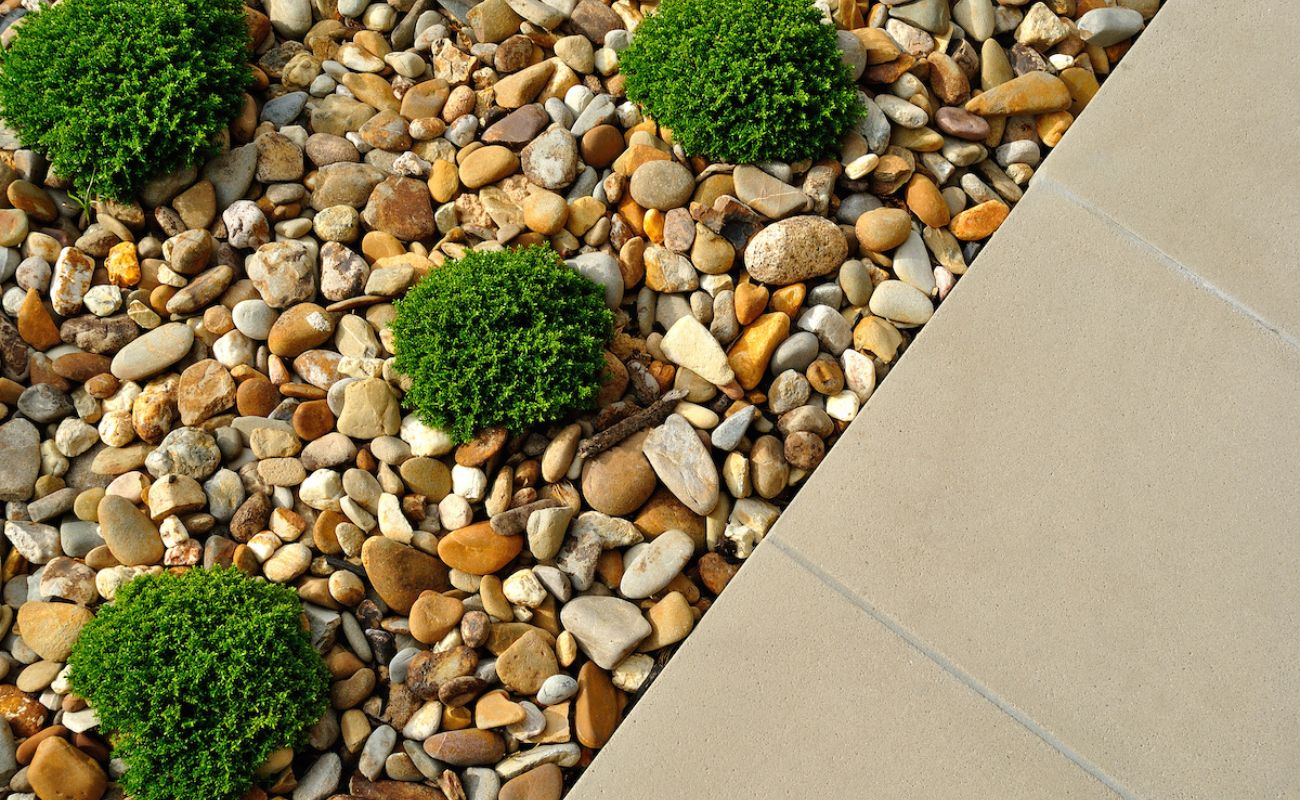
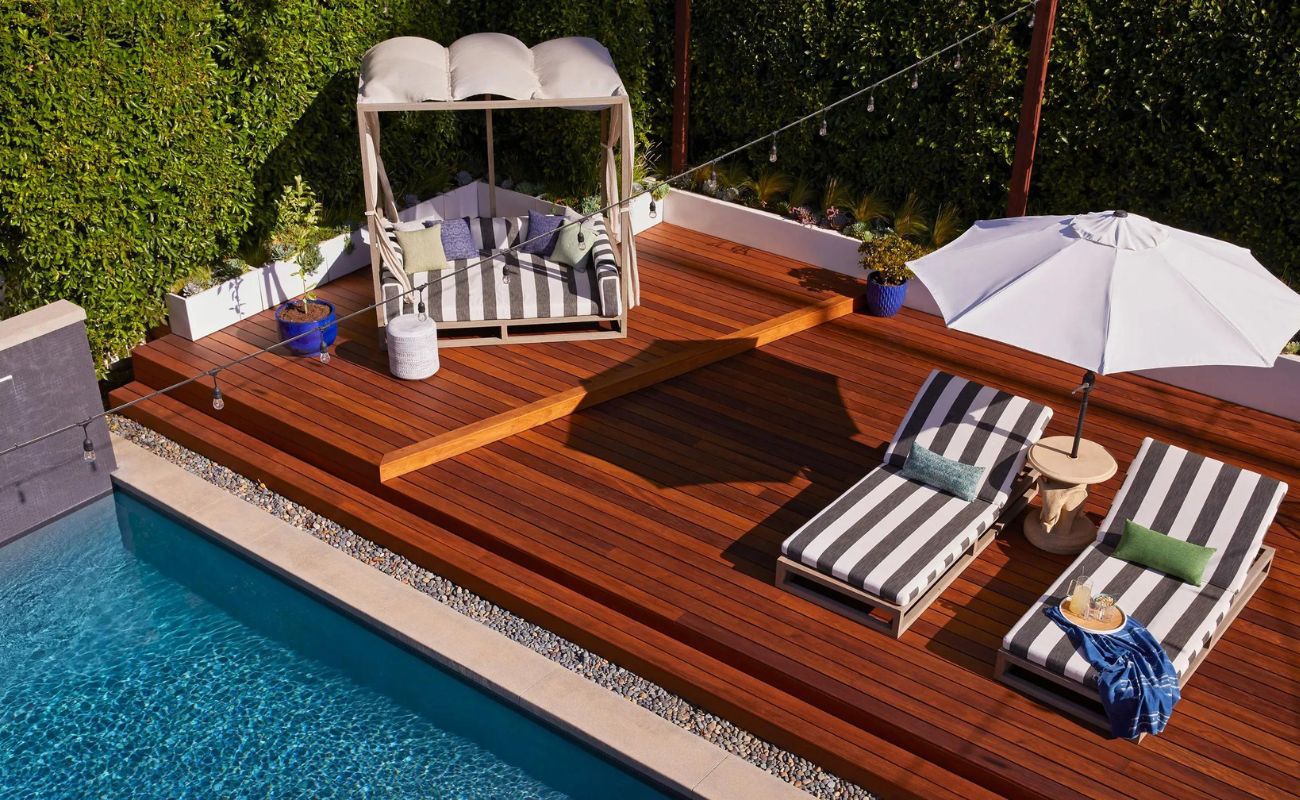
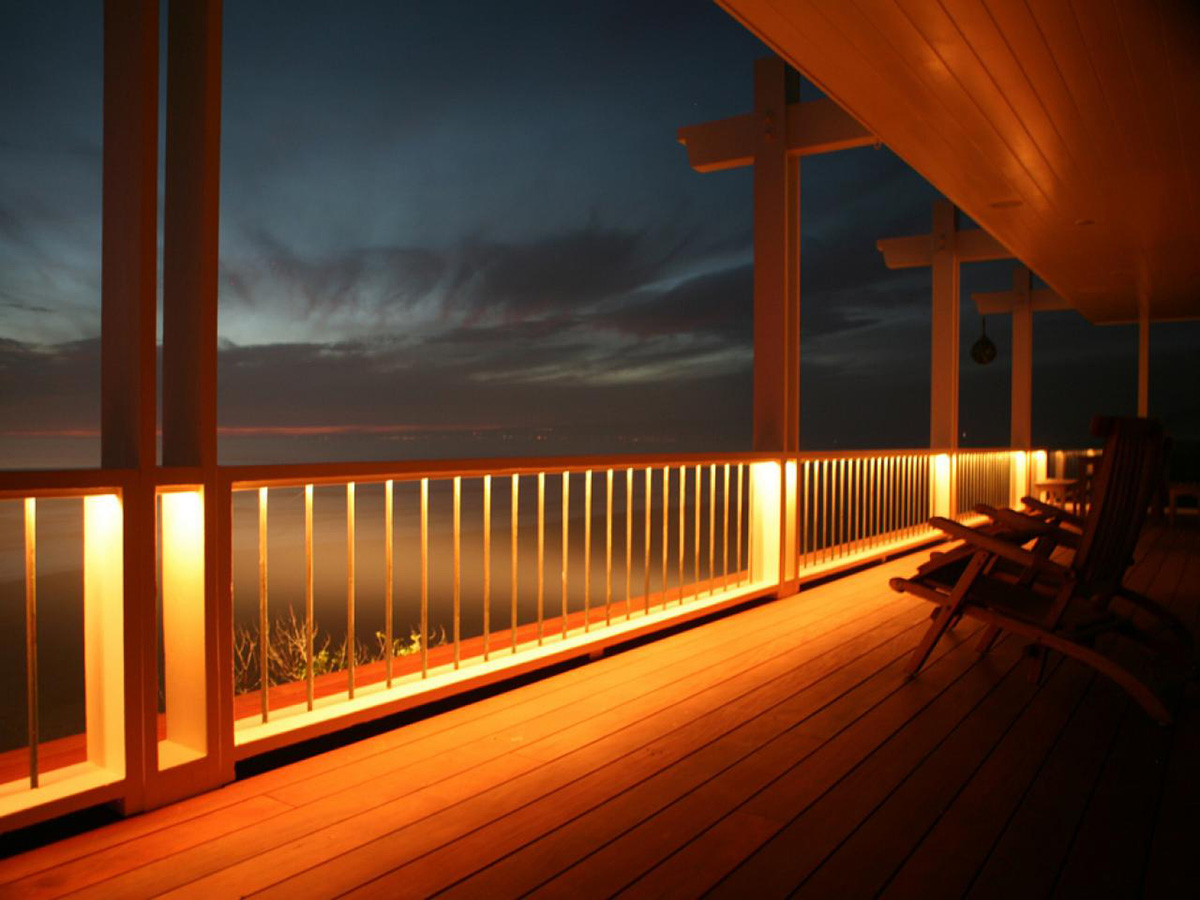
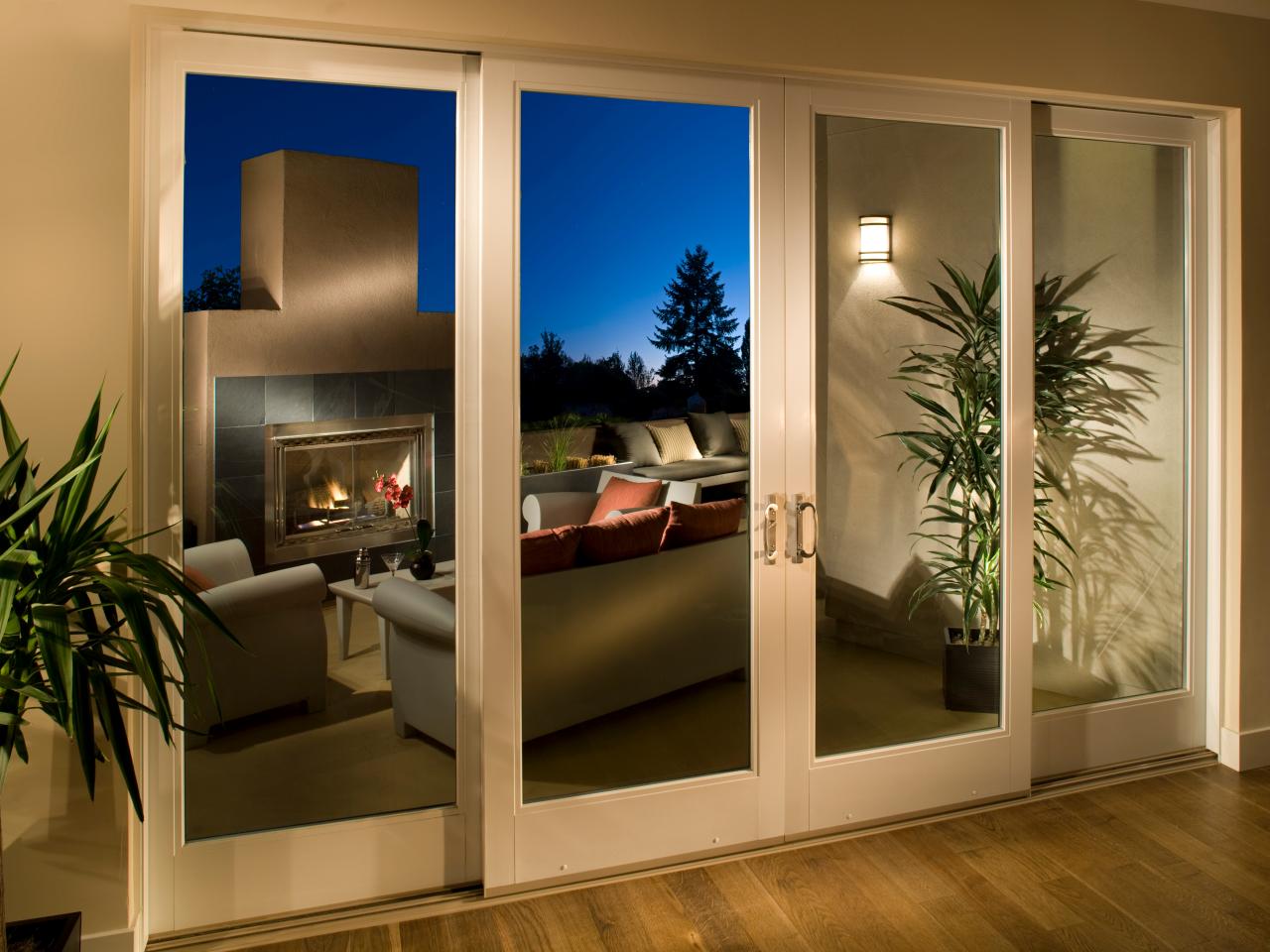
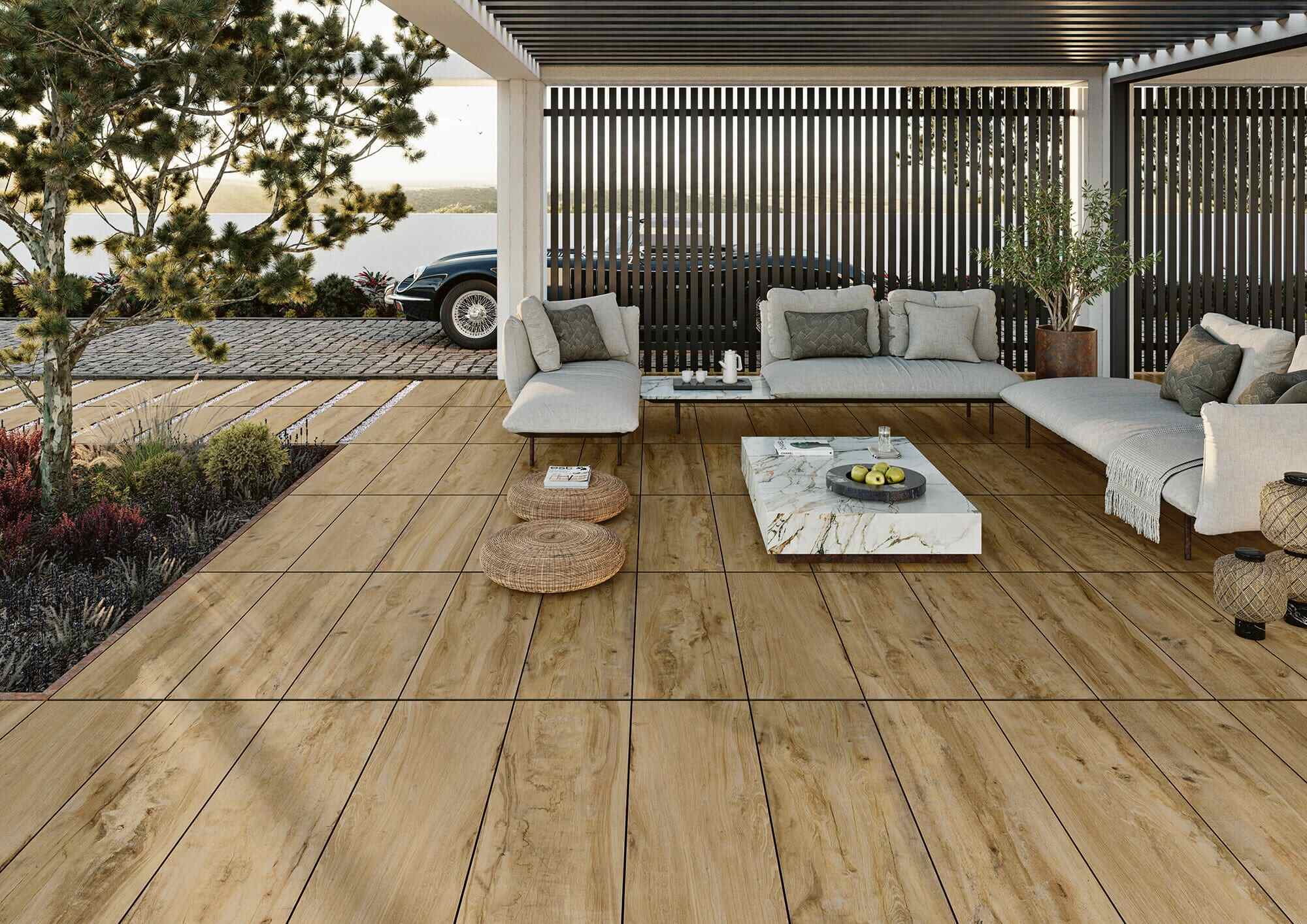
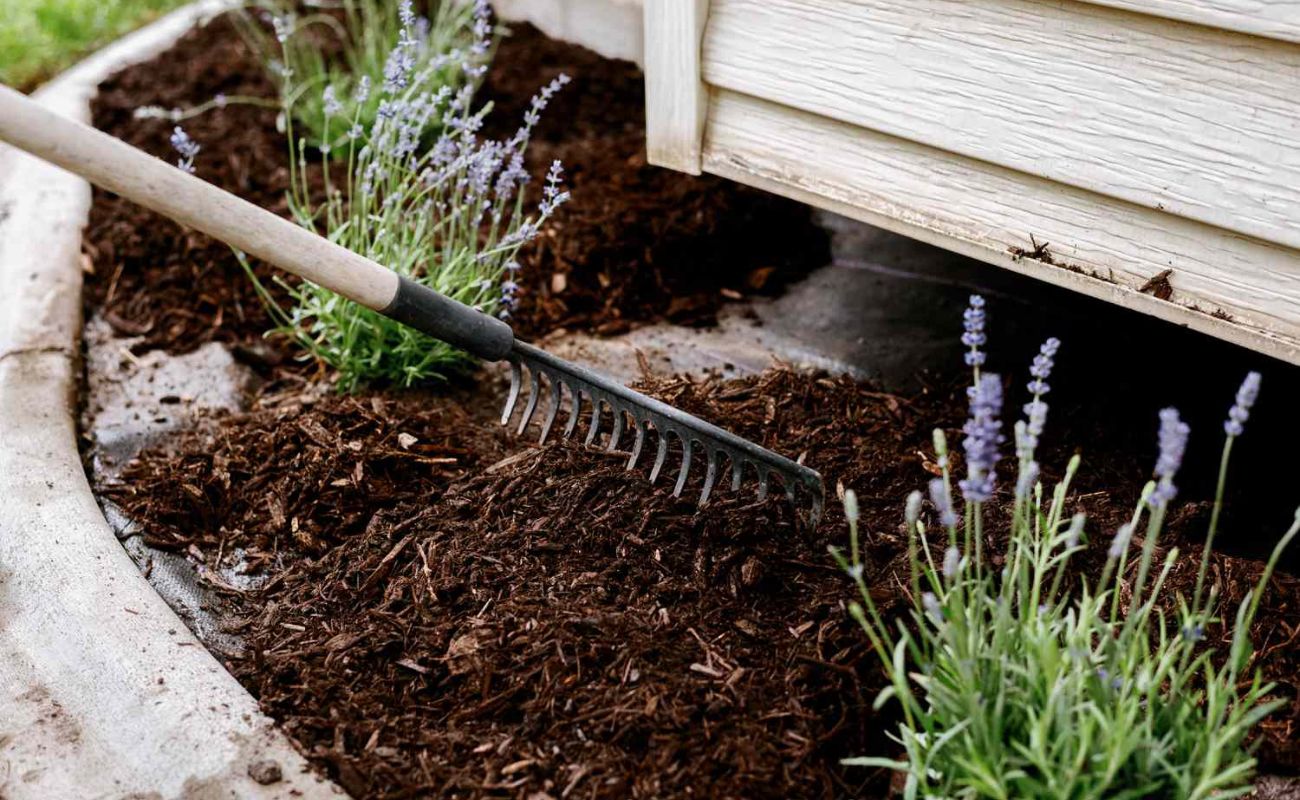
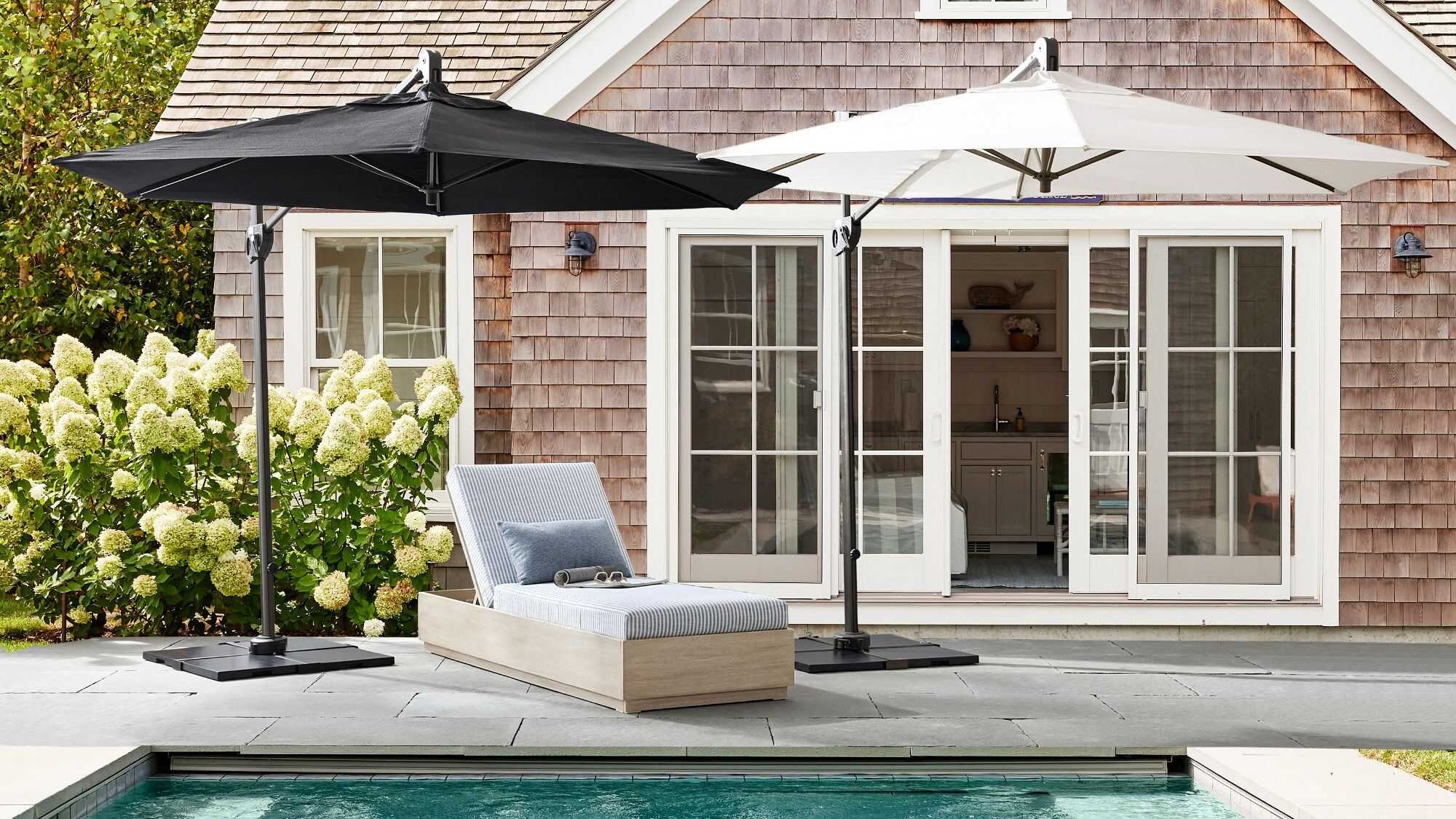
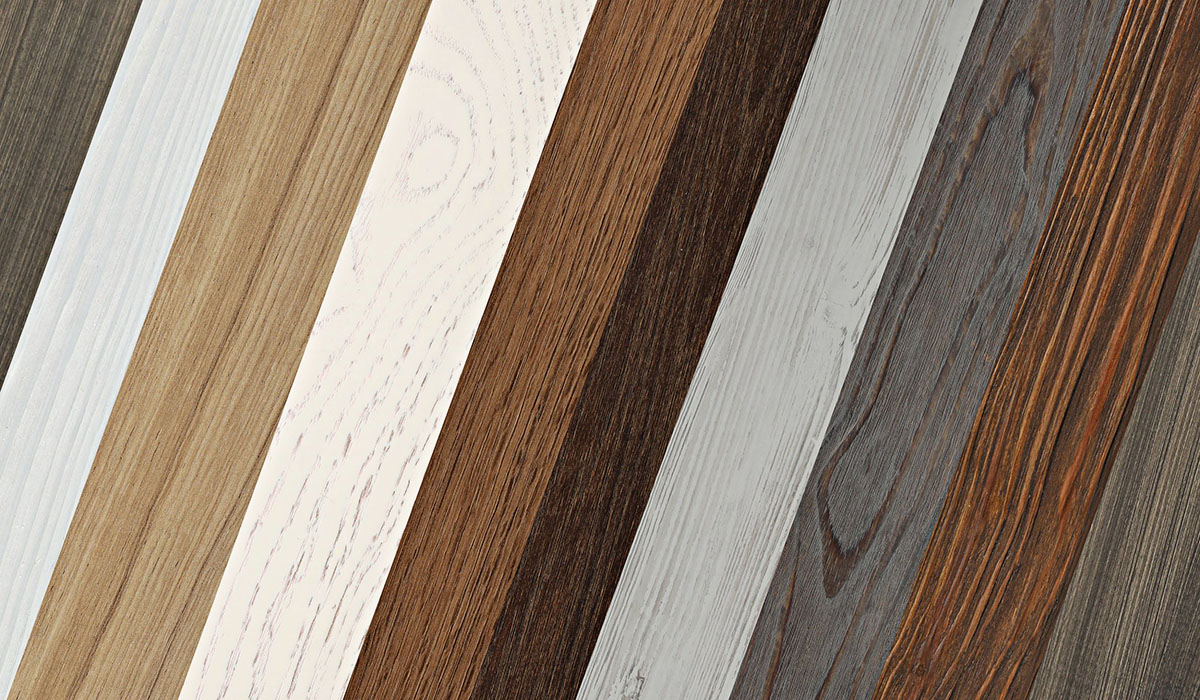
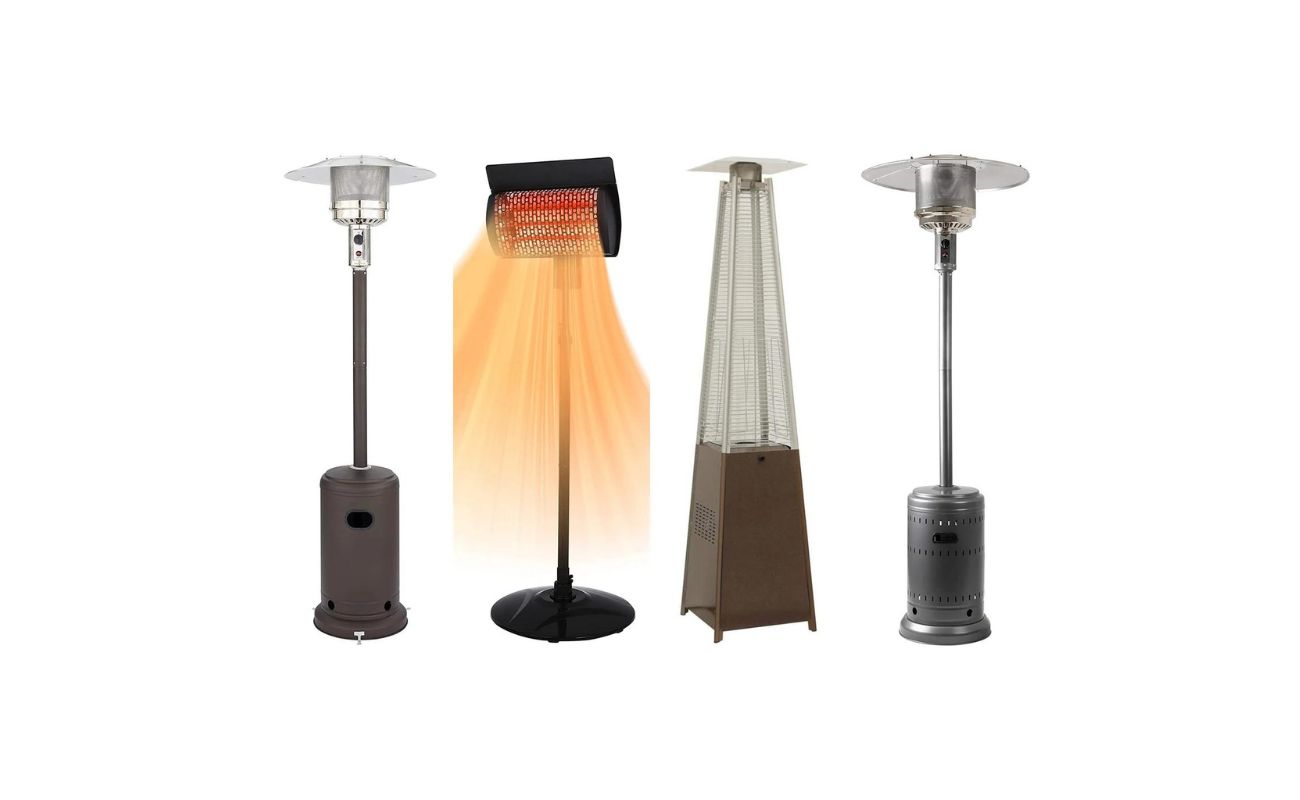
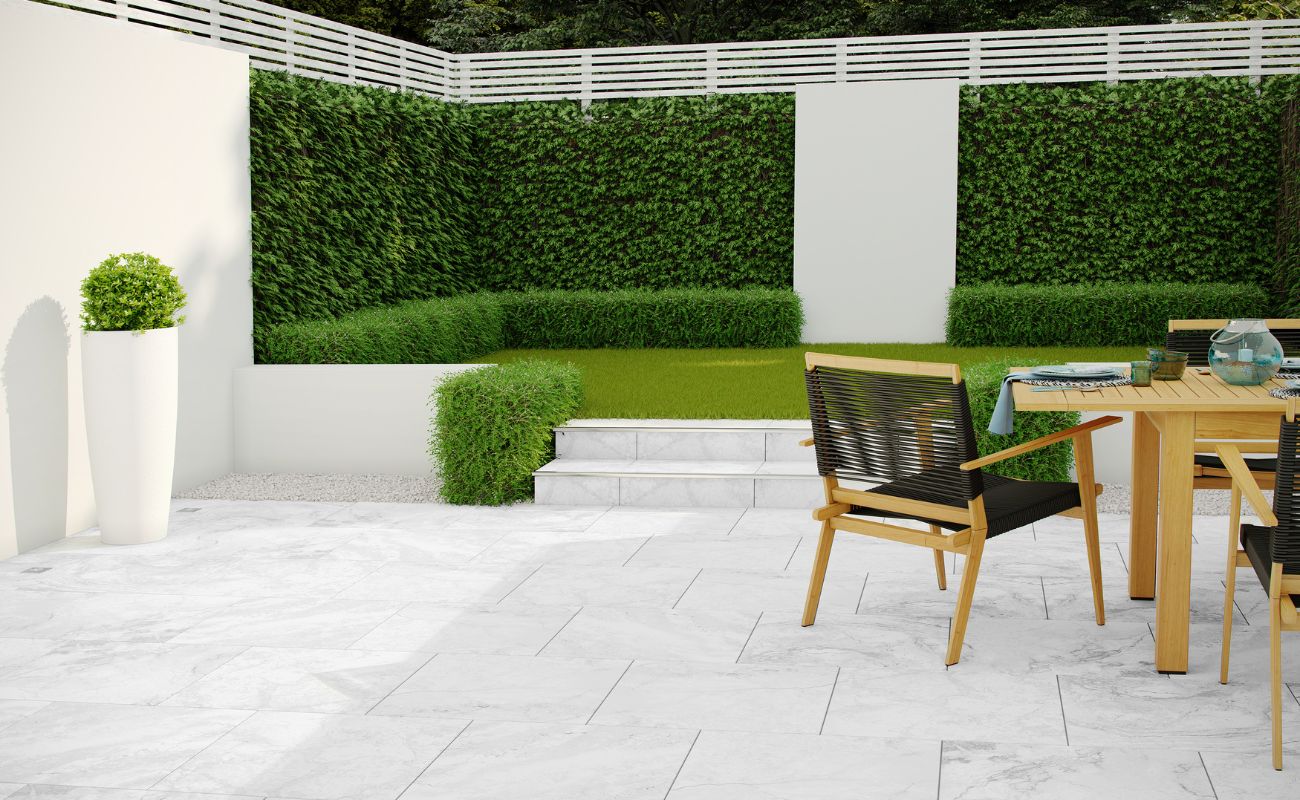
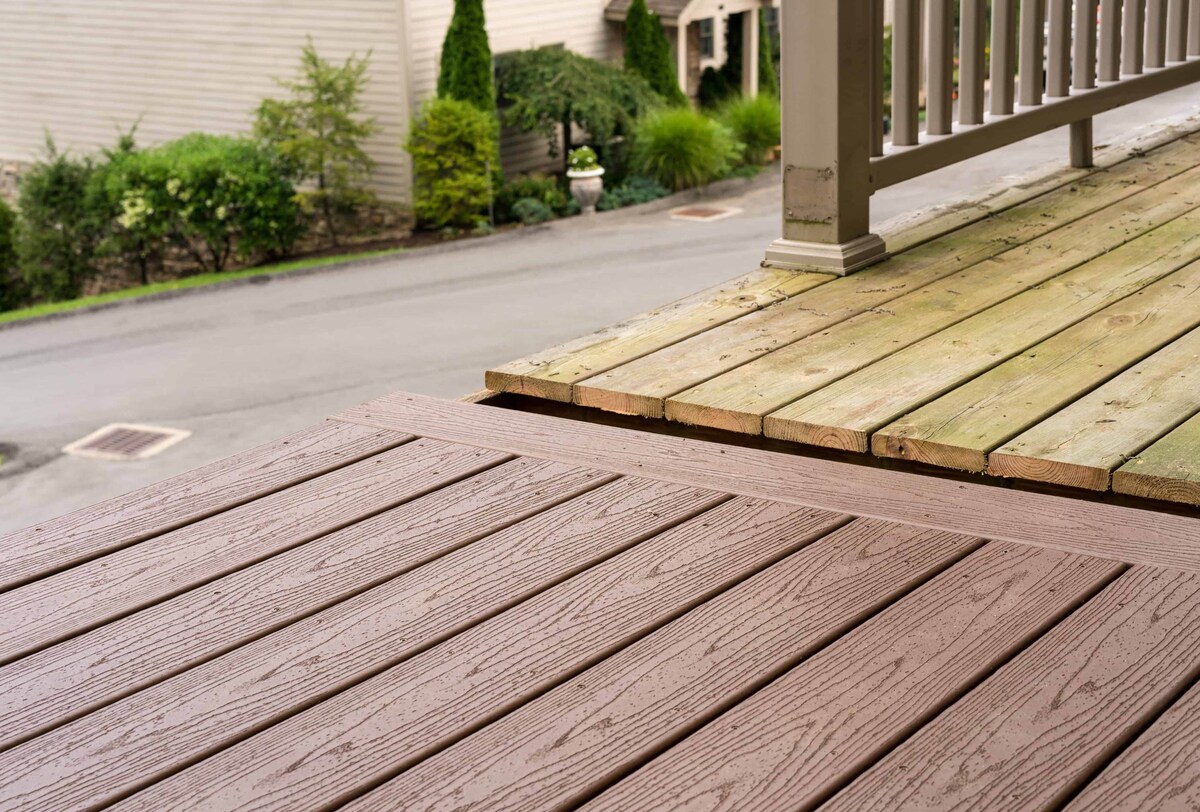
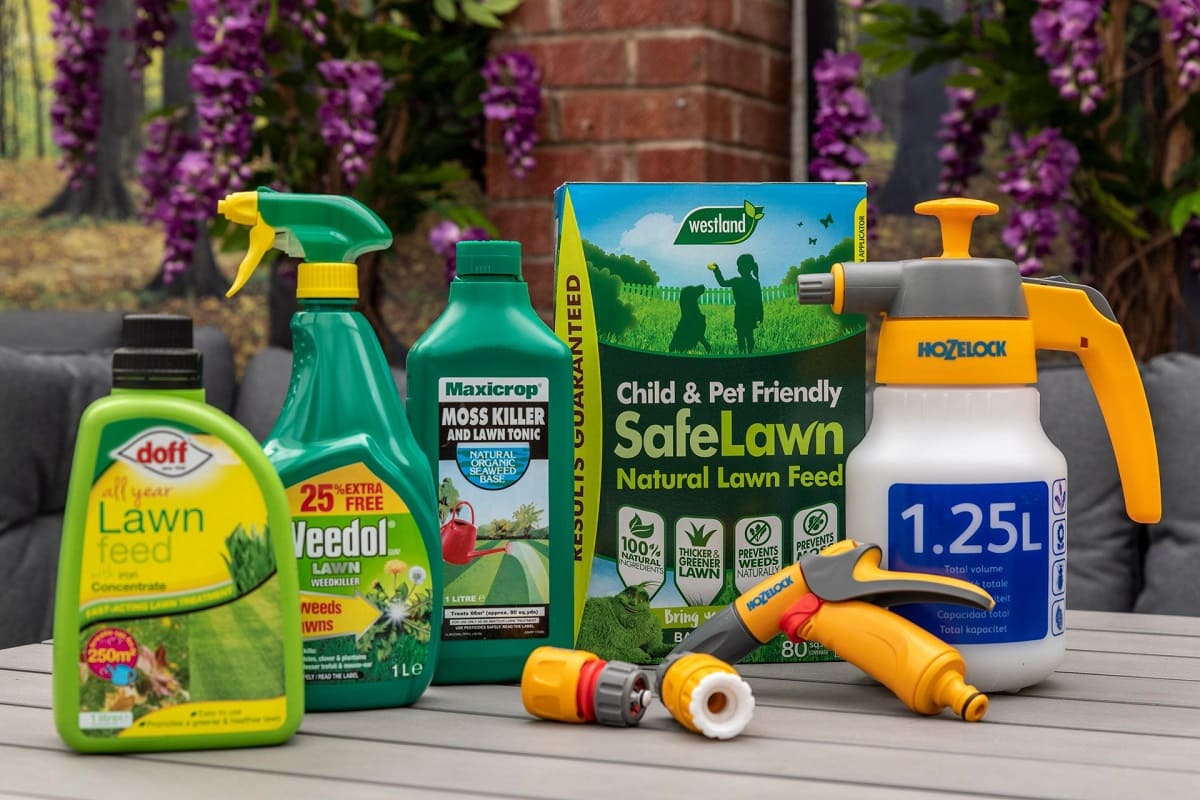
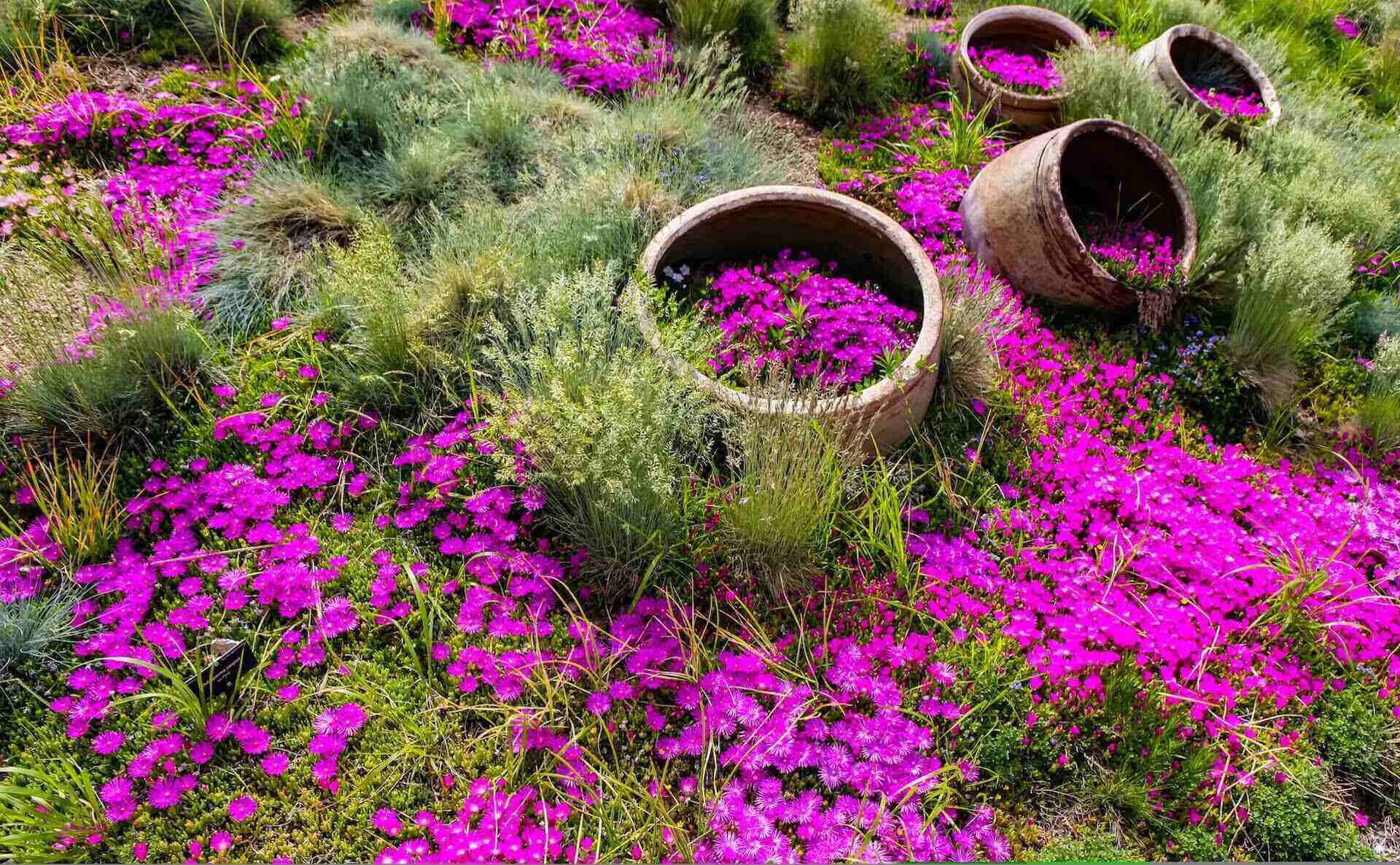
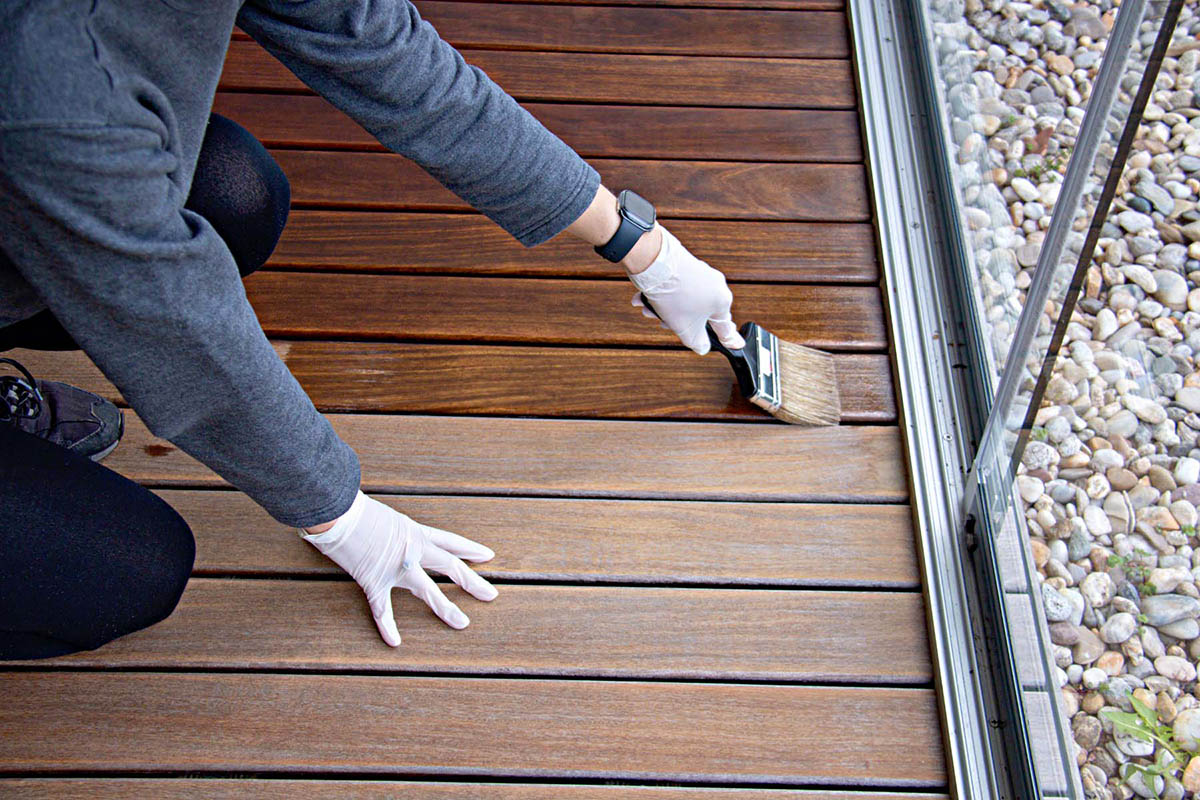

0 thoughts on “What Is The Best Artificial Grass”